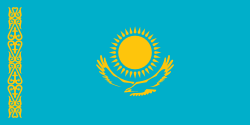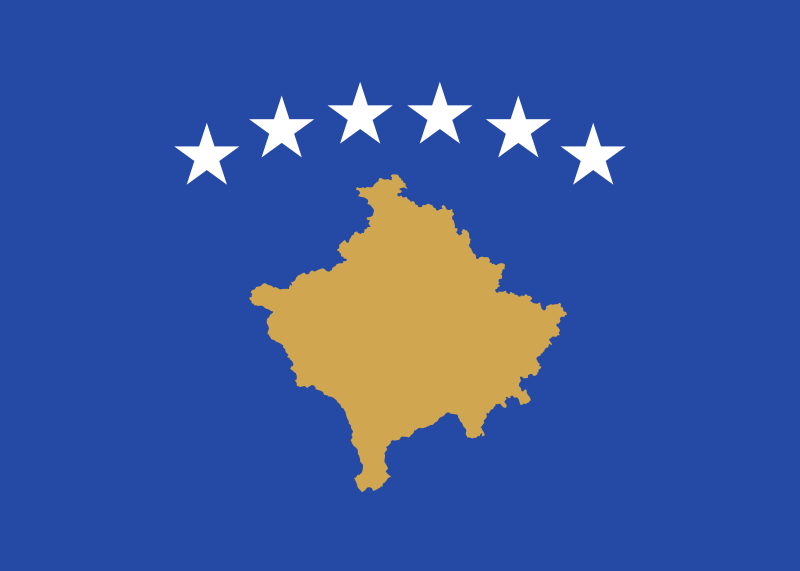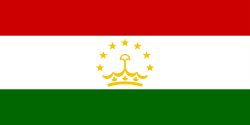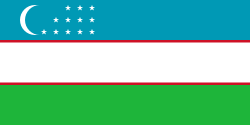General Information
Population
Immigration
Emigration
Working-age population
Unemployment rate
GDP
Refugees and IDPs
Citizenship
Territory
Migration Authorities
Responsible Body
Line Ministries
Agencies
Description
For the past thirty years, Romania’s population has been steadily declining. In 2021, it reached 19.186.201 persons, decreasing by another 142.600 compared to 2020, both due to the natural population decline and continuing emigration.
In 2020, 163.806 people immigrated to, and 192.631 persons, of whom 51.1% were men, emigrated from Romania. The accession of Romania to the EU in 2007 made it easier for Romanian nationals to circulate in Europe, return to Romania and leave again. Repeat migration and complex mobility patterns across the EU make it difficult to identify and enumerate return migrants with standard data sources.
According to the OECD study, 95% of Romanian emigrants live in the OECD countries. Italy is the main country of destination, hosting over 1 million Romanian emigrants, followed by Germany and Spain with 680.000 and 573.000 persons respectively. Other popular destinations include the United Kingdom (225.000 persons), France (105.000 persons), the United States (160.000 persons) and Canada (130.000). Israel, Austria and Belgium host over 50.000 Romanian emigrants, while Ireland, Sweden, Greece and Denmark have between 20.000 -30.000 Romanian nationals each.
The lack of employment opportunities, especially in the remote and poorer rural areas, is the main reason for emigration. In countries such as the United Kingdom and Austria, about one in five Romanians work in highly skilled jobs. In France and Canada, over a third and two-thirds of Romanians, respectively, are either managers, professionals or technicians. Romanian workers are important in the manufacturing industry in Germany and Austria, while in Canada they offer - more than in any other country - a significant contribution to the education system, according to the OECD data. In contrast, in Spain and Italy, only 5% of Romanian emigrants have highly qualified occupations with large segments working in agriculture and in domestic activities. Moreover, while a quarter of Romanian emigrants work in basic occupations across the OECD countries, this proportion increases to 38% in the case of Spain. Although it is true that Romanian emigrants are generally more likely to work in low-skilled jobs, gender differences by occupation are particularly pronounced. In the OECD countries, more Romanian men than women work in basic occupations. Women are over-represented in sales, meanwhile more men work in trade.
Overall, labour migration causes changes in the structure of the employed population in Romania, which since recently faces acute shortages in several sectors such as healthcare and construction. The brain drain of young skilled workers along with an ageing and declining population is expected to add real pressure on economic sectors, including pensions, despite Romania’s profile of the fastest growing economy in the EU.
Less than 2% of Romanian emigrants leave to pursue studies. According to EUROSTAT, approximately 5% of Romanian students choose to acquire higher education at a university abroad. Nevertheless, the number of students who chose to study abroad has increased from 22.215 students in 2013 to 32.560 students in 2020. Top countries of tertiary enrolment for Romanian students include Italy, the United Kingdom, and France.
In recent years, Romania recorded an increasing number of immigrants, which indicates that Romania is transiting from being only an emigration state to a country of both emigration and immigration. In 2021, 688.697 foreign-born nationals resided in the country. Moreover, 136.407 foreigners in 2020 and 148.153 in 2021 – 62 % were third-country nationals and 38% were citizens of the EU member states – received documents confirming legal residence in Romania. The countries of origin are very diverse, with a significant number of citizens coming from Moldova, Turkey, China, and Syria, but also Italy, Germany and France. While the COVID-19 pandemic resulted in the economic contractions in the national labour market, Romania still issued 27.453 employment permits in 2020. In 2020, nationals of Turkey, Nepal and Sri Lanka received most employment permits, with the majority issued for the permanent workers’ category.
In 2019, 2.048 persons were apprehended for crossing or attempting to cross the border. The Romanian Border Police prevented the entry of 6.042 persons. In 2020, these numbers increased significantly to 6.658 and 12.684 persons respectively. The refusals to entry were also issued on the grounds of public health. The top five countries of origin among persons apprehended for irregular entry were Afghanistan, Syria, Iraq, Turkey and Morocco. About 50% of irregular entries were recorded in the Romanian counties bordering Serbia and Hungary.
In 2021, for the second consecutive year, Romania recorded a considerable increase in the number of new asylum applications. While the number stood at 2.587 applications in 2019, it more than doubled in 2020 reaching 6.158 and increased again in 2021 reaching 9.591 new asylum applications. The number of unaccompanied minors has equally increased from 189 persons in 2019 to 980 registered in 2020. 251 persons were granted refugee status and 416 subsidiary protection. The top five countries of origin among asylum seekers were Afghanistan, Syria, Iraq, Turkey and Morocco.
According to the Romanian Border Police, from 24 February until May 2022, 851.035 Ukrainian citizens entered Romania due to the war in Ukraine. The government of Romania adopted legislative amendments to certain normative acts that allowed Ukrainian citizens to legally enter the territory of Romania and work without notice of employment. Ukrainian citizens can also apply for the extension of the right to stay for work reasons and a single permit without the obligation to obtain a long-stay visa. The single permit attests to the right of residence and work that is valid for up to 1 year. The right of residence may be extended for another year, given that the conditions underlying the granting of the initial right are maintained.
In 2021, the Romanian Government issued the National Strategy on Immigration for the period 2021-2024. The new strategy sets out the principles and guidelines concerning the efficient management of migration, the consolidation of the national asylum system, the compliance with European and international standards, and strengthening the response capacity of Romania in the face of an influx of migrants at the border. In 2019, Romania introduced significant changes to its integration law with the aim to improve the integration process of beneficiaries of international protection. In 2020, the country changed procedures for admission and legal residence that exempt citizens of Moldova, Serbia and Ukraine from the need to obtain work authorisation. Moreover, the same year, Romania provided additional rights to posted workers related to remuneration, working conditions and additional obligations to their employers.



















































